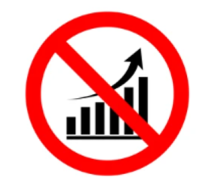The e-commerce sector continues to reshape the retail landscape, with its share of total retail sales steadily increasing in leading markets such as the United States.
According to a podcast on Supply Chain Brand (SCB), e-commerce accounted for just over 16% of retail sales in 2024 and is projected to reach 17.1% in 2025, generating $1.3 trillion in online transactions.
This growth reflects a broader global trend, where e-commerce's share of retail sales is expected to surpass 20% by 2025 and reach 22.9% by 2028.
Jack Freeman, a partner at growth equity firm PeakSpan Capital LLC, said the accelerating decline of physical retailing was mainly driven by technological advancements.
He highlighted that e-commerce growth was largely attributed to innovations enhancing the online shopping experience, such as pinpoint personalisation.
These features provide tailored recommendations and seamless navigation that are challenging to replicate in brick-and-mortar stores.
While physical retail retains certain advantages, Freeman predicts that online retailers will ultimately dominate the market, posing serious challenges to large retail real estate concerns.
The upward trajectory of online shopping is also supported by consistent annual growth rates.
In the US, e-com sales grew by 8.7% in 2024 and are forecast to rise by another 8.6% in 2025.
By 2028, its penetration in the US is expected to reach 20%, equivalent to $1 out of every $5 spent on retail merchandise.
Globally, e-commerce is set to capture an even larger share, accounting for 41% of retail sales by 2027.













